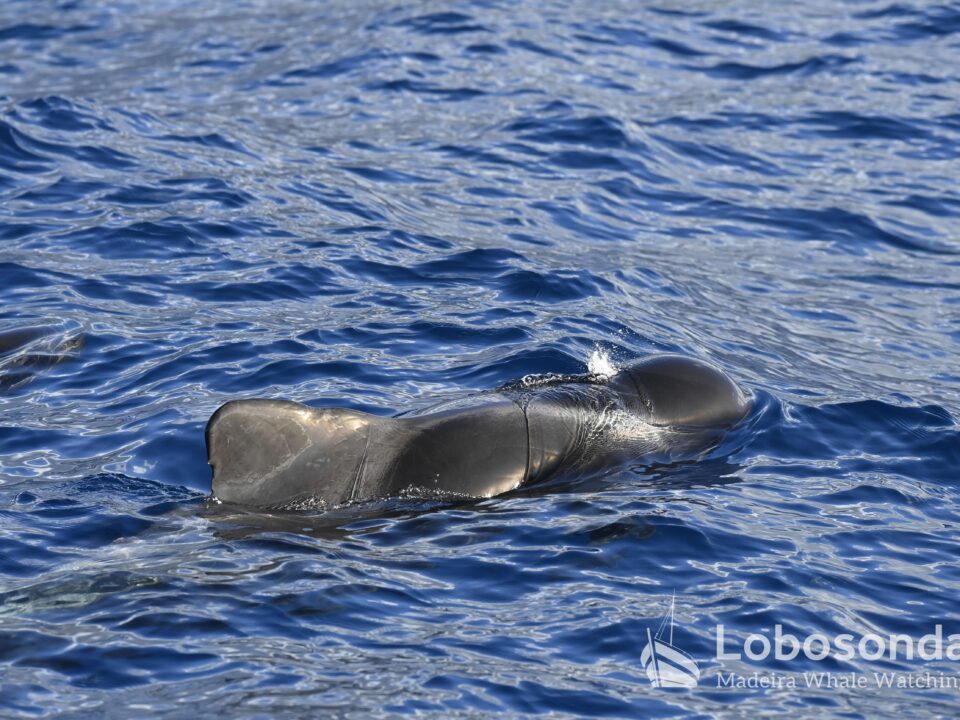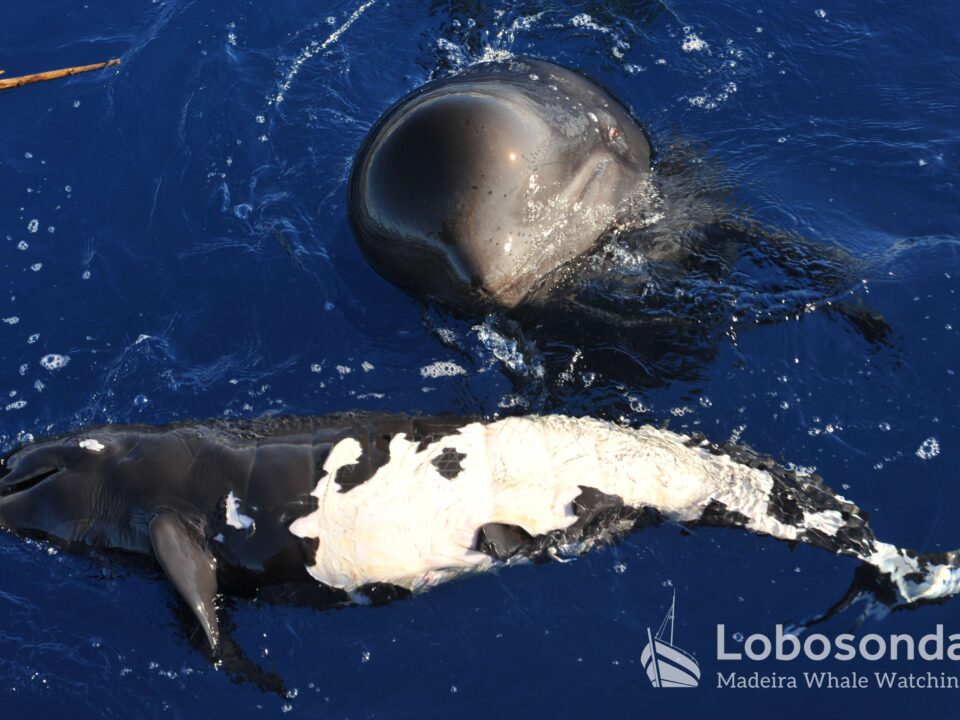
22.02.2016 – Happy end
February 27, 2016
23.02.2016 – Fleetwood Mac
March 1, 2016Frequent Sperm whale beachings in the North Sea during winter season
Again and again, young male sperm whales beach in the North Sea. During this winter quite frequent. In January 2016, already 16 animals had been found at the german coast, plus 6 dead Sperm whales at the dutch and more 5 animals were washed ashore on the british coast.
Now again, at January 31th, 8 spermwhales were found dead at the german North Sea coastline of Schleswig-Holstein. According to the local national park authorities (LKN), also these whales were young males. Probably they belong to the population of the Azores Islands, or possibly originate from the waters around Madeira. Like the Azores, also Madeira provide deep waters and a good habitat for deep diving cetaceans like Spermwhales.
Spermwhales of the North Atlantic migrate regulary between the seas of the Arctic Ocean and their home range around the Islands of the Azores, Canary and Madeira. Usually, they move rather speedy and precise. Only males perform this long migration, mainly in the winter period. Probably because they find better feeding condition in the cold waters in the North. Older spermwhales even live a solitary life and only socialice with females during breeding seasons. Femals and their calfs instead do not migrate in a big scale and rather stay in the warm and temperate latitudes. In general Spermwhales are deepsea hunters and dive down to 3000 m. So no wonder why the mainly live in oceans with a big depth. During their migrations, they dont feed at all or only very little.
If everything is fine and on scedule with the southward migrating Spermwhale Males, they follow a deep-sea trench along the norwegean coast line. Their route back to warmer waters lead them across the Shetland Islands. From where they pass-by on a north-western course around Great Britan. During migration, the animals navigate with ecolocation and orientate themselves on the underground topography of the particular ocean. Besides this, also sea currents might help them to find the right way. Eventually they can even recognize significant land marks. And probably use also the geomagnetic field of the Earth.
To find out the reasons why all this young sperm whales died must, now, be carefully examined. Possible reasons could be:
A: the young spermwhale bulls were still inexperienced with the migration routes:
Eventually they turned too late out of the norwegean trench and went accidentally in the North Sea. This shelf sea has an average depth of only 100 m. Additional difficulties for animals which are used to greater depths can be the falling tides in the waddensea. Through the tidal currents the water depth is falling very quickly. So it might happen, that the marine mammals fall dry at low water and find themselves lying at the shore, unable to move away. If this happens, they certainly get stressed, eventually their metabolism gets flabby. And if the beached whales get on ground on their left bodyside (there is their blowwhole), they might drawn even in shallow water. After a short time on land, they get crushed to death through their own body weight.
B: increasing noise levels of the oceans:
In former times, marine mammals and other living marine creatures, used to live in a silent underwater world. There, they where able to communicate over long distances by using their own sounds. Whales have quite a huge variety of sounds, for example moaning, clicks, whistles and other. They use sounds for their search for food and during their long distance migrations, they use sound waves for navigation. Not to forget the sounds for finding a mating partner. Most famous here are the songs of the male humpback whales.
In modern times, the underwater noise increased heavily. Today, the the noise levels of oil rigs and offshore windparks are high and insupportable. It’s no wonder, that whales trying to avoid and bypass them. By doing so, they might be forced to leave their old migration routes. Besides this, underwater noise affect heavily the communication sense of the whales, put them into panic reactions and finally causes remaining damage to their sense of hearing.
Since a long time, the North Sea turned into a kind of high-sea industrial park. Highly frequented from container ships, oil-tanker, fast ferries, fish trawler, navy ships and others. Besides them, there is a high amount of oil rigs and windparks which releases their noise into the surrounding water. All this underwater noise can strongly disturb the orientation of whales. Often, stranded animals show damaged ears.
C: Variation of the earth’s magnetic field:
Scientists suspects that also the natural changes in the earth’s magnetic field can affect in a negative way the whales sense of navigation.
The dead whales, found in the german Wadden Sea will get dissected in parts and analyzed from a veterinary laboratory. It will not be a surprise, when the experts find high rates of mercury and other heavy metals as well as plastic parts in the bodies of the dead animals.
For todays spermwhales population stocks, the dead found whales will not cuases a real danger. After many years of intense whale hunting, (also at the islands of the Azores and Madeira many whales were slaughtered), the worldwide numbers of Spermwhales, have slowly recovered. Todays estimation for their population is about 300000 individuals.
Still far beyond the originals numbers before the industial whaling started.
Text by Astrid Haas
Photos by Rebecca Störmer (www.jordsand.de)






